I've been wanting to make an animated world map for a long time, like the ones you see in movies on the walls of the CIA headquarters (or in the rooms of madmen who want to conquer the world!)
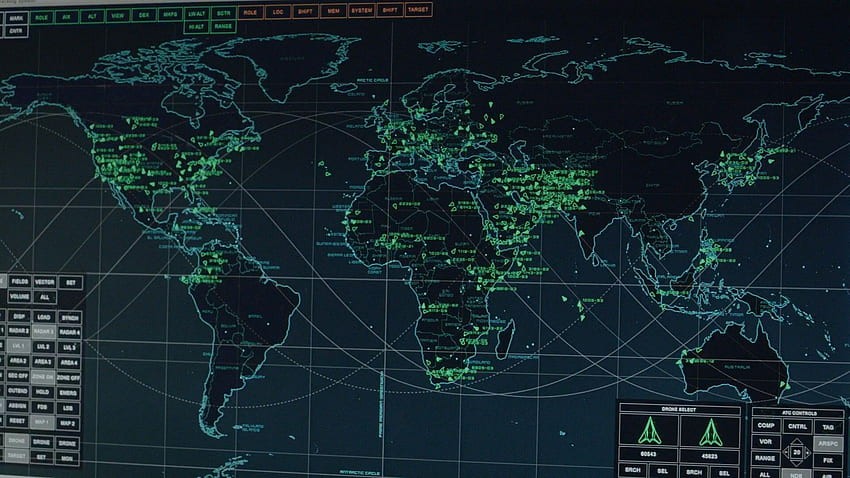
In order to light up the capitals and major cities, I needed at least 200 lights.
Leds?
I immediately thought of LEDs, but these were the main contraindications:
- the dimensions of the leds, especially the RGB ones, were too high and would have covered the writing with the texts of the cities, forcing me to choose a very large format map, for which it is very expensive to find a suitable frame.
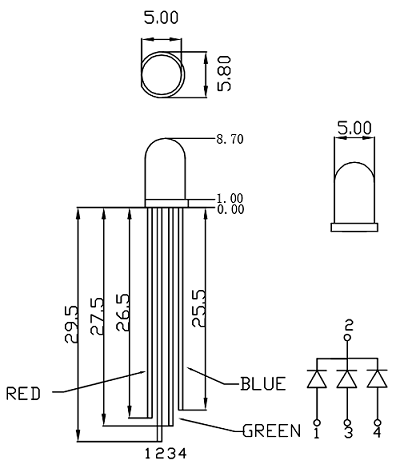
- fixing 200 or more led-holders would have been complicated, as well as soldering them one by one (2 wires per led = 400 connections!
- driving every single LED with a microcontroller would have forced me to use a very complex electronic circuitry, with shift registers.
Optical fibers
Walking through a shopping mall during the holidays, looking at a fiber optic Christmas tree, I finally had the inspiration I was looking for: why not take advantage of fiber optics? Why not transmit light?
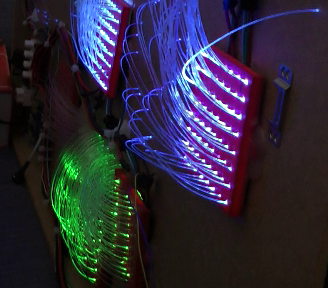
Here are the advantages of this choice:
- small size: the fiber has a diameter of 0.75mm
- lightness and ease of installation: just drill and give a small dot of vinyl glue
- no soldering: a job within the reach of all hobbyists and not just electronics!
- possibility of using the fantastic WS2812B RGB LEDs as a light source, with their libraries for Arduino IDE: for example, using the 8x8 RGB matrices, with which I was able to create a 32x8 display with scrolling writing to make the world map more interactive!
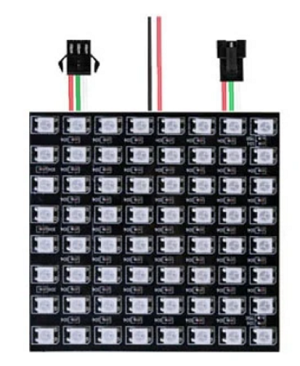
OpticalShow project.
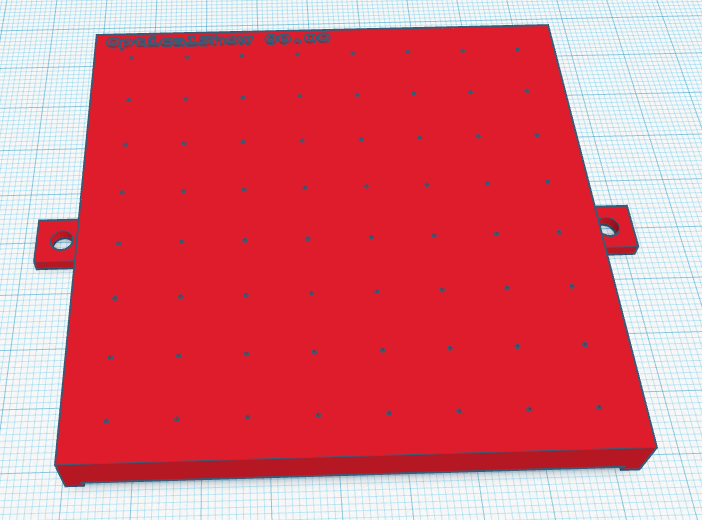
This choice led me to create the OpticalShow project: a 3D printed mask to be combined with an 8x8 matrix, through which each single RGB LED of the matrix transmits its light to the optical fiber.
 Sergio Ghirardelli
Sergio Ghirardelli
Discussions
Become a Hackaday.io Member
Create an account to leave a comment. Already have an account? Log In.